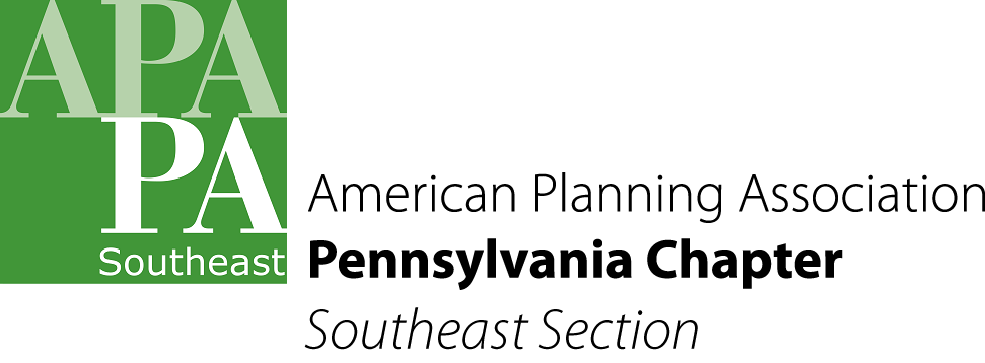What is the Farm Bill?
The farm bill is a comprehensive, multi-year federal law that authorizes most federal policies governing food and agriculture. The most recent farm bill—The Agricultural Act of 2014 (P.L. 113-79), commonly referred to as the 2014 Farm Bill—has 12 titles that encompass a range of issues and programs including farm commodities and income supports, nutrition programs like the Supplementation Nutrition Assistance Program (SNAP), farmland and environmental conservation, crop insurance, and rural development. Nutrition programs constitute the majority of the farm bill, accounting for 80 percent of the funds historically and projected to be spent on farm bill programs. Farm commodity supports, crop insurance, and conservation programs comprise 8 percent, 7 percent, and 5 percent, respectively.[1]
The 2014 Farm Bill, which was signed into law in February 2014, is set to expire on September 30, 2018. Since Congress debates, updates, and reauthorizes the farm bill approximately every five years, discussions about the next farm bill are already happening, both in Congress and across the country.
What Does the Farm Bill Mean for Planners and Public Health Professionals?
Although it is commonly referred to as the farm bill, this law covers much more than just growing food. It impacts almost every American regardless of their distance to a farm, whether directly through nutrition programs like SNAP or indirectly through subsidies and crop insurance that support the farmers that produce our food. As the National Sustainable Agriculture Coalition notes, “the farm bill has a tremendous impact on farming livelihoods, how food is grown, and what kinds of foods are grown. This in turn affects the environment, local economies, and public health.”[2] Outlined below are some of the programs authorized by the 2014 Farm Bill that play a role in the well-being and quality of life of communities across Pennsylvania.
Nutrition Programs
Nutrition programs like SNAP and the Emergency Food Assistance Program (TEFAP) are important safety net programs that help millions of low-income Pennsylvanians dealing with issues of hunger and food insecurity. In August 2017, 1.85 million Pennsylvania residents received SNAP benefits. In FY16, the federal government allocated almost $13 million to Pennsylvania under TEFAP, allowing the Commonwealth to provide food to food banks and community organizations across Pennsylvania, who then were able to distribute food to people in need. These programs not only help to alleviate hunger and food insecurity for many Pennsylvanians, but they also have a broader economic impact on communities. Studies have shown that every $5 in SNAP benefits generates as much as $9 in economic activity both throughout the food system (e.g. food production, farm jobs, and food retail) and beyond as SNAP participants are able to spend their earned income on nonfood purchases.[3]
Farmers’ Markets and Other Healthy Food Access Programs
The 2014 Farm Bill authorized a number of healthy food access programs that not only help provide low-income Americans with better access to fresh fruits and vegetables, but also support local farmers by growing their customer base and generating higher sales.
- The Food Insecurity Nutrition Incentive (FINI) Program incentivizes SNAP participants to buy fruits and vegetables. Since 2015, the USDA has awarded almost $2 million in FINI grants to seven projects across Pennsylvania to fund projects like The Food Trust’s Food Bucks program, which provides an additional $2 coupon redeemable for fresh produce for each $5 SNAP purchase.[4]
- The Senior Farmers’ Market Nutrition Program provides low-income seniors with vouchers that can be exchanged for fresh fruits and vegetables at farmers’ markets, roadside stands, and community supported agriculture programs. In 2015, 35,727 older Philadelphians received $705,440 worth of SFMNP vouchers to purchase fresh fruits and vegetables.[5]
- The Healthy Food Financing Initiative (HFFI), which was modeled after the successful Pennsylvania Fresh Food Financing Initiative, provides one-time financing to food businesses like grocery stores, farmers’ markets, and co-ops to increase access to healthy, affordable food in underserved communities. Although the 2014 Farm Bill authorized up to $125 million in funding for HFFI, Congress has only appropriated $1 million to date. The current HFFI program, which has largely been funded through other federal sources, awarded $1.025 million to Pennsylvania communities between 2014 and 2016 for projects like the West Philadelphia Promise Zone Healthy Food Catering Enterprise, which received $225,000 to provide fresh and healthy prepared meals for local elementary school students and offered 15 adults meaningful job experience.[6]
Environmental Conservation
Within Title II, the 2014 Farm Bill authorized a variety of conservation programs, including the Agricultural Conservation Easement Program (ACEP), which provides funding for farmland and wetland preservation. Since 1996, the ACEP has provided Pennsylvania with more than $33 million to preserve over 40,000 acres of farmland, helping to support local agricultural economies, conserve scenic open spaces, and maintain a way of life for future generations.[7] Other programs like the Regional Conservation Partnership Program, the Environmental Quality Incentive Program, and the Conservation Stewardship Program work with farmers to implement conservation practices, preserve wetlands, protect wildlife, and improve soil, water, and air quality.
Economic Development
Many of the programs authorized in the 2014 Farm Bill included a focus on growing economic opportunities for farmers and food business. Programs like the Farmers’ Market and Local Food Promotion Program seek to do this by funding the development, expansion, and marketing of direct sales outlets like farmers’ markets, community supported agriculture enterprises, and agritourism. The program also funds local and regional intermediary food businesses like food hubs, distributors, and processors that work to connect farmers to consumers. Since 2014, the Farmers’ Market and Local Food Promotion Programs awarded 29 grants totaling over $3 million to community organizations and businesses across Pennsylvania.[8]
The 2014 Farm Bill also mandated that $63 million be made available over five years for the Value-Added Producer Grant (VAPG) Program, which provides grants to producers who want to expand their businesses through value-added products. In 2016, the USDA awarded almost $2 million to 16 Pennsylvania producers through the VAPG program.
Learn More
Although the programs mentioned above were authorized under the 2014 Farm Bill, there is no guarantee that Congress will reauthorize them or mandate funding to administer them in 2018. At the same time, new programs like the Urban Agriculture Bill of 2016 may be under consideration for inclusion in the 2018 Farm Bill. Although there are many unknowns, it is important to stay informed as the Farm Bill has the potential to affect all Pennsylvania communities.
If you are interested in learning more about the 2018 Farm Bill and its connection to planning and health, we encourage you to investigate some of the excellent resources listed below:
- Congressional Research Service’s What is the Farm Bill
- APA Policy Guide on Community and Regional Food Planning
- Pittsburgh Food Policy Council’s 2018 Farm Bill Guide
- Greater Philadelphia and the Farm Bill
- American Public Health Association Issue Brief: The Farm Bill and Public Health: A Primer for Public Health Professionals
By: Amy Verbofsky, Senior Planner, Delaware Valley Regional Planning Commission, Philadelphia, PA
Member of the Healthy Communities in PA Task Force
[1] Renée Johnson and Jim Monke, “What is the Farm Bill?,” Congressional Research Service, October 5, 2017, https://fas.org/sgp/crs/misc/RS22131.pdf.
[2] “What is the Farm Bill?,” National Sustainable Agriculture Coalition, accessed November 1, 2017, http://sustainableagriculture.net/our-work/campaigns/fbcampaign/what-is-the-farm-bill/.
[3] “Economic Linkages,” United States Department of Agriculture, Economic Research Service, last modified October 4, 2017, https://www.ers.usda.gov/topics/food-nutrition-assistance/supplemental-nutrition-assistance-program-snap/economic-linkages/.
[4] “FINI Grant Program,” United States Department of Agriculture, Food and Nutrition Service, October 17, 2017, https://www.fns.usda.gov/snap/FINI-Grant-Program.
[5] Marcia Slegal, “Produce Vouchers Now Available,” Philadelphia Corporation for Aging, June 28, 2016, http://www.pcacares.org/blog/produce-vouchers-available-july-11/.
[6] “CED-HFFI Grant Awards FY 2014,” United States Department of Health and Human Services, Office of Community Services, September 29, 2014, https://www.acf.hhs.gov/ocs/resource/ced-hffi-grant-awards-fy-2014#people.
[7] “Bureau of Farmland Preservation, 2016 Annual Report, Act 149 of 1998,” Pennsylvania Department of Agriculture, May 2017, http://www.agriculture.pa.gov/Encourage/farmland/Documents/Final%20Copy%20Farmland%20Preservation%202016%20Annual%20Report.pdf.
[8] “Value-Added Producer Grant,” United States Department of Agriculture, accessed November 2, 2017, https://www.rd.usda.gov/files/RD_VAPG2016Chart.pdf.









